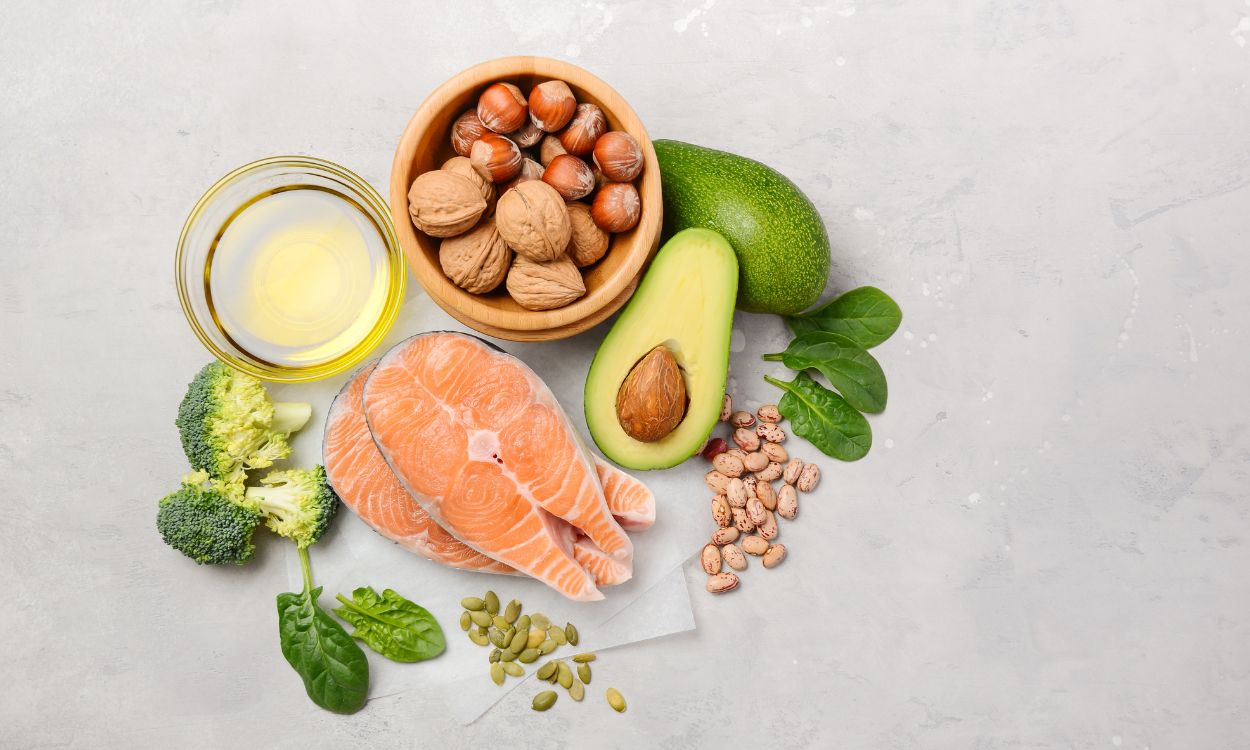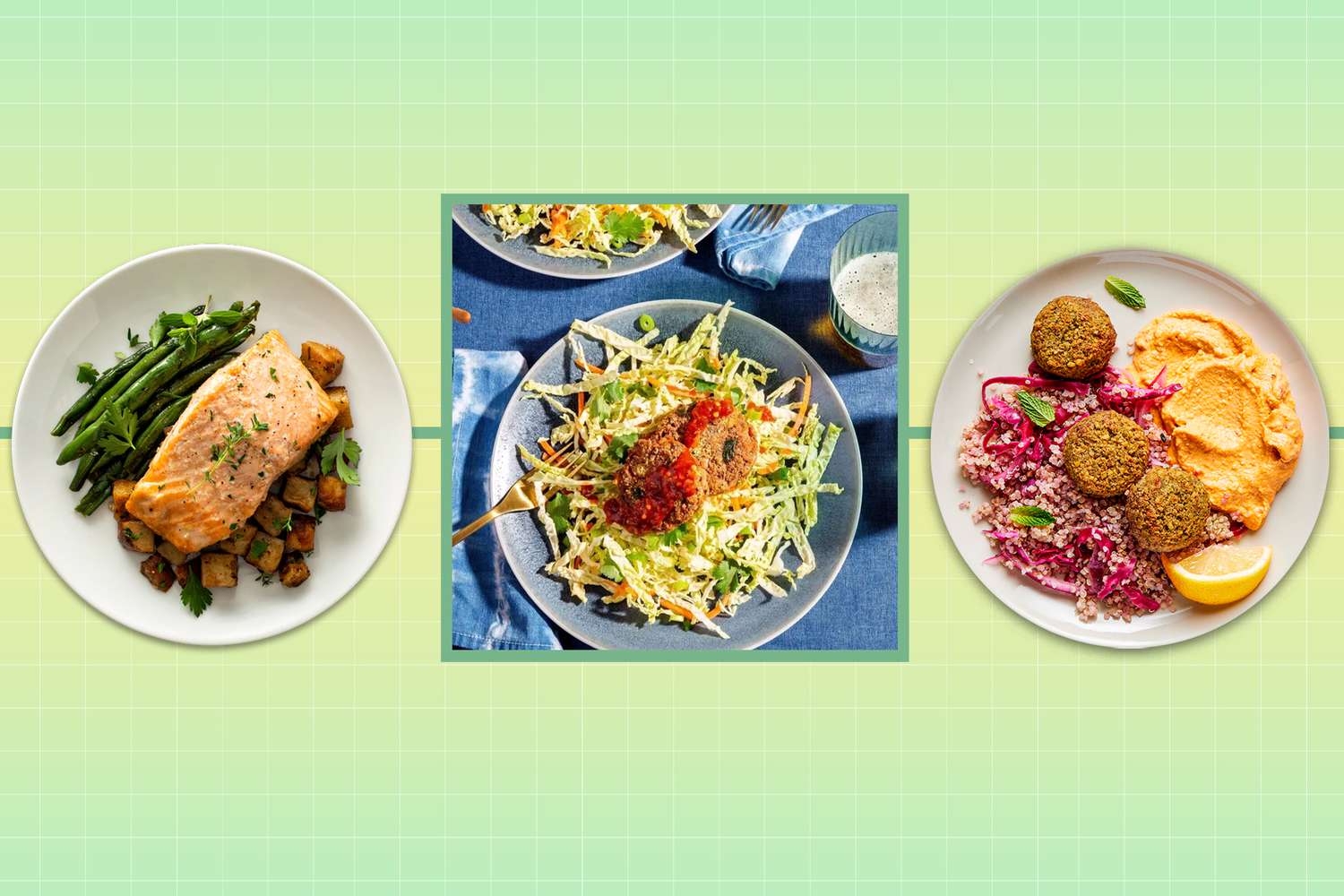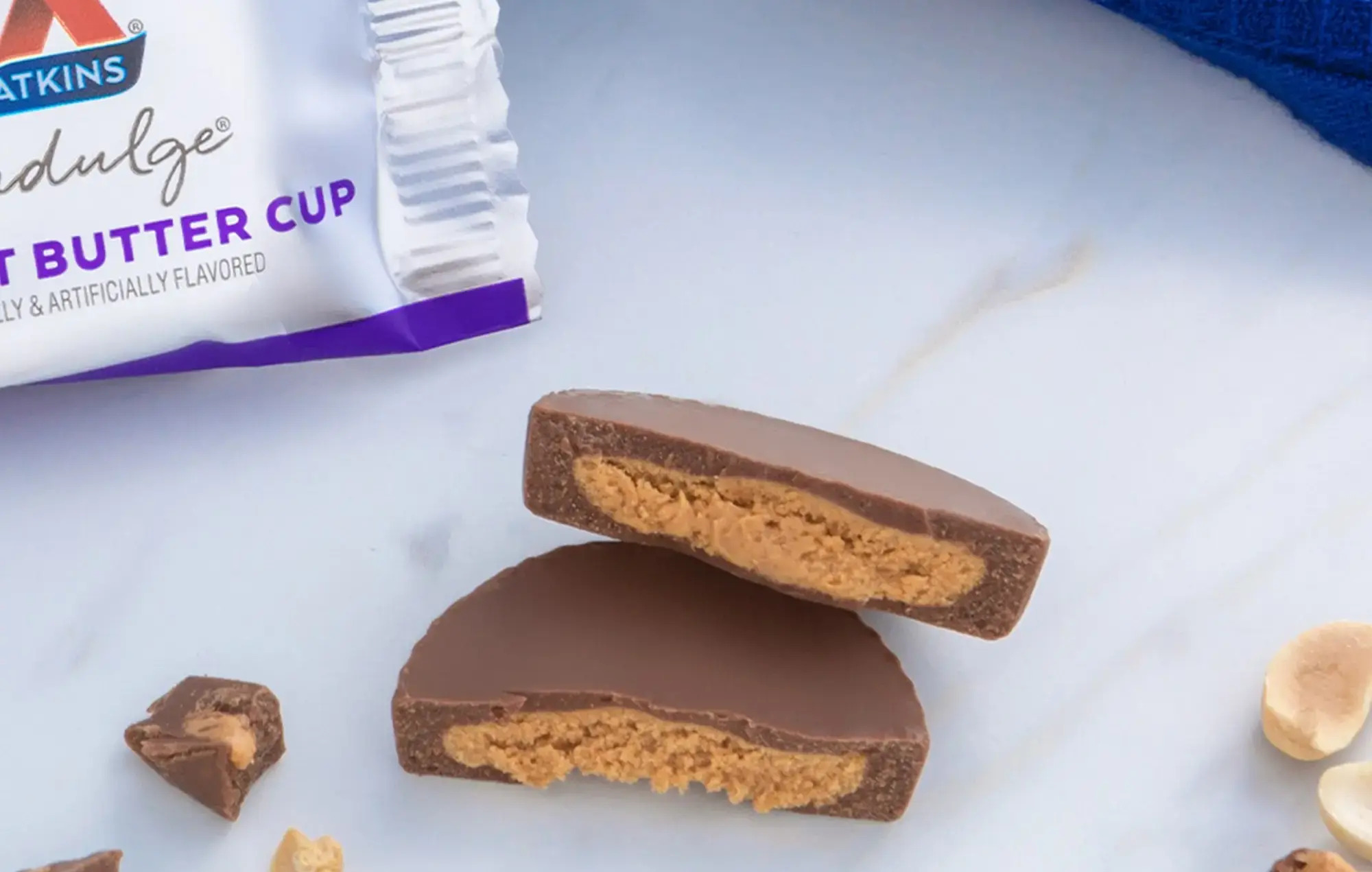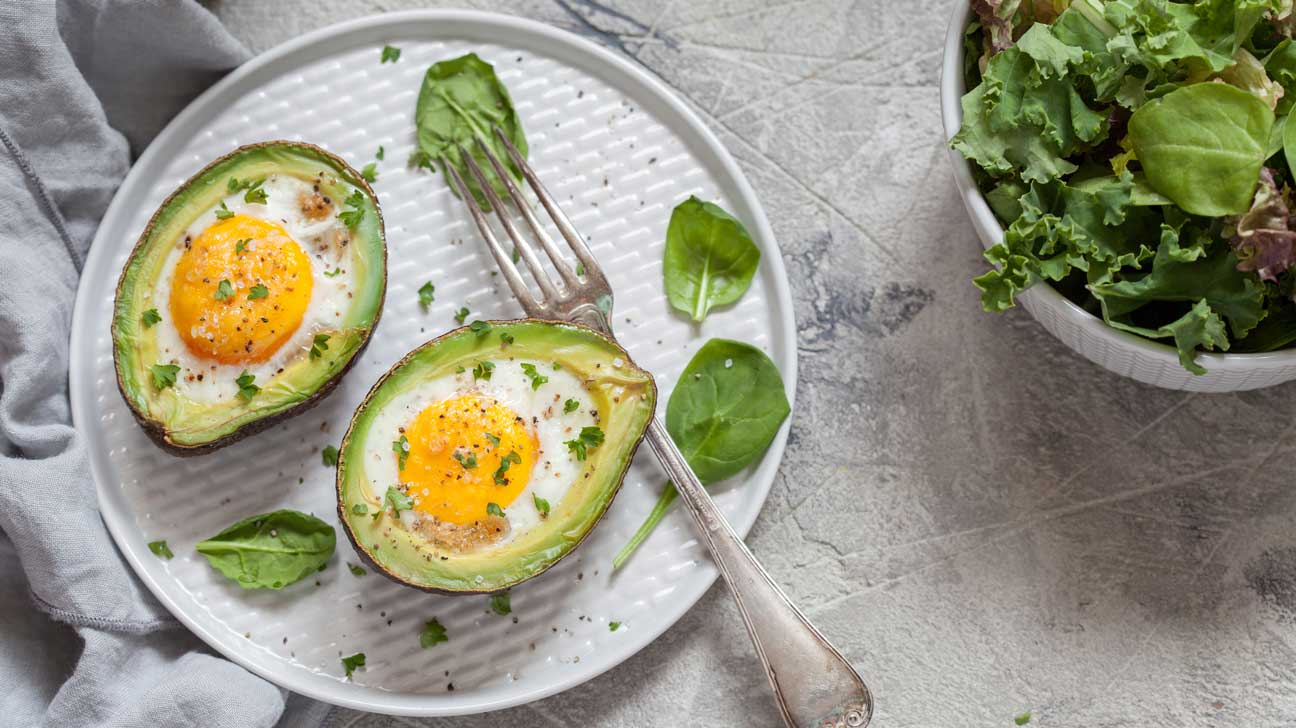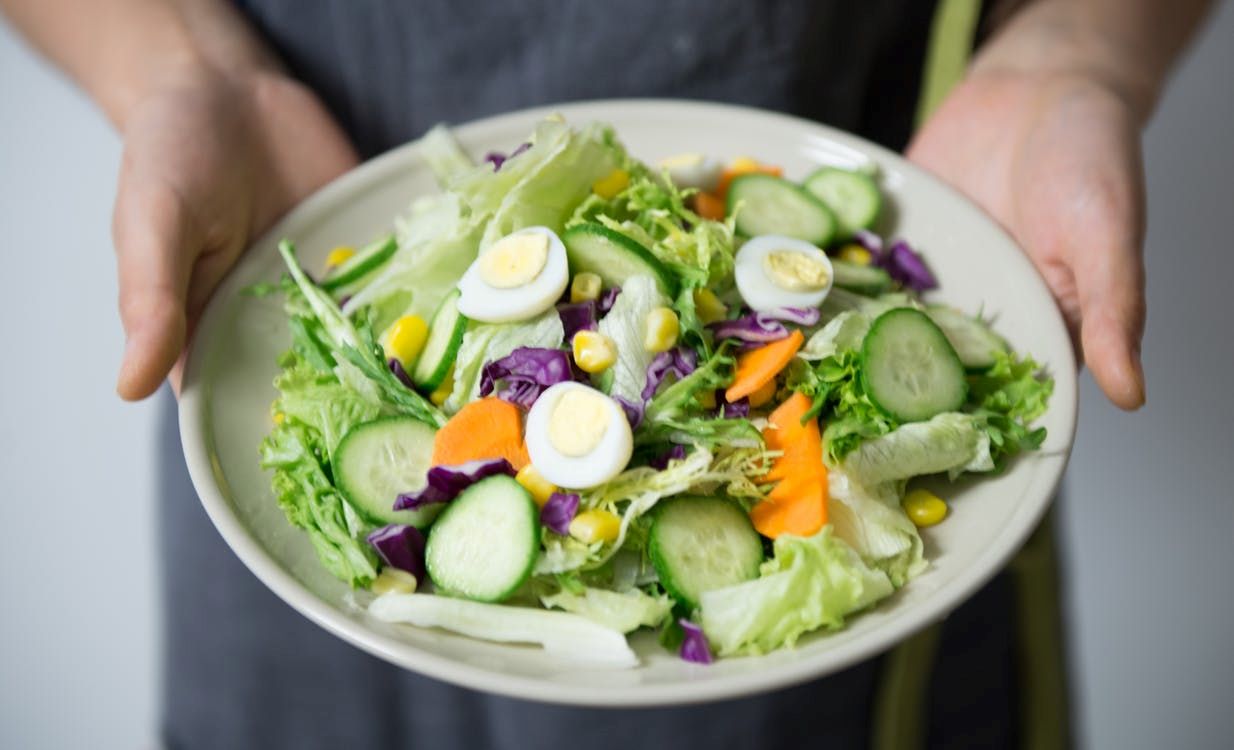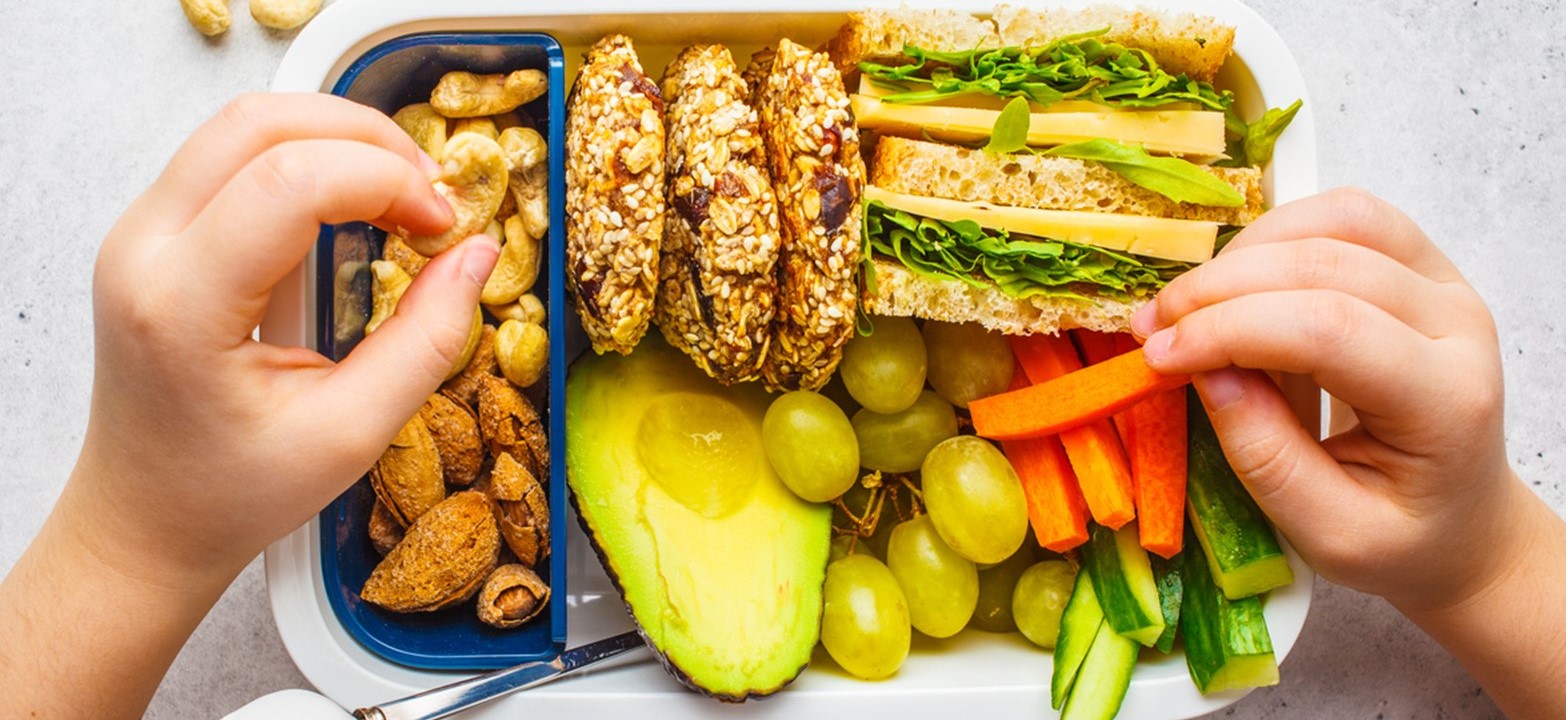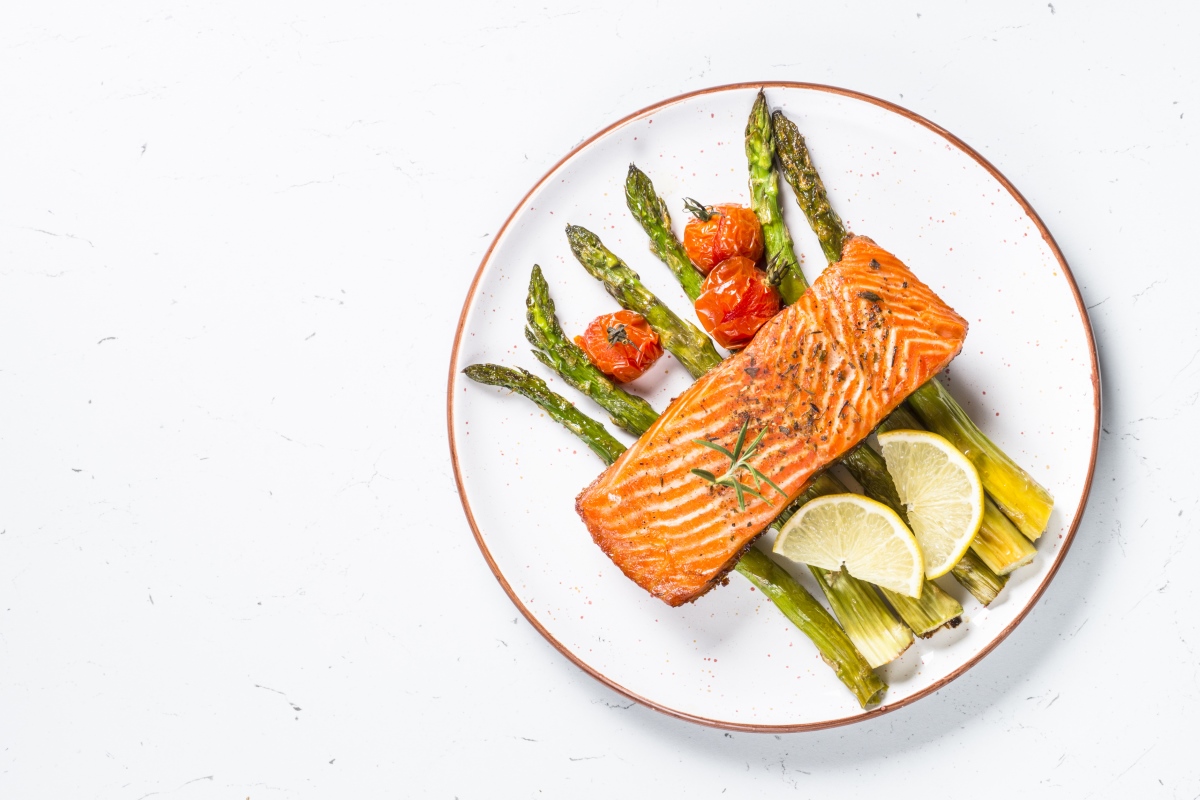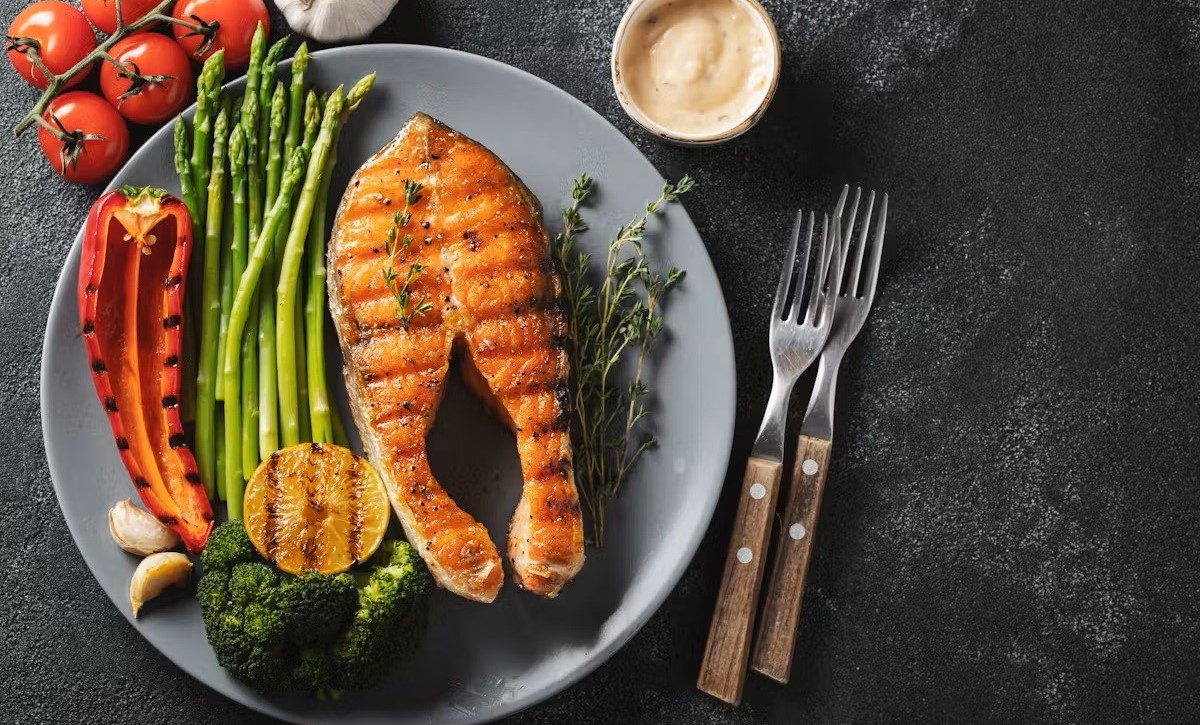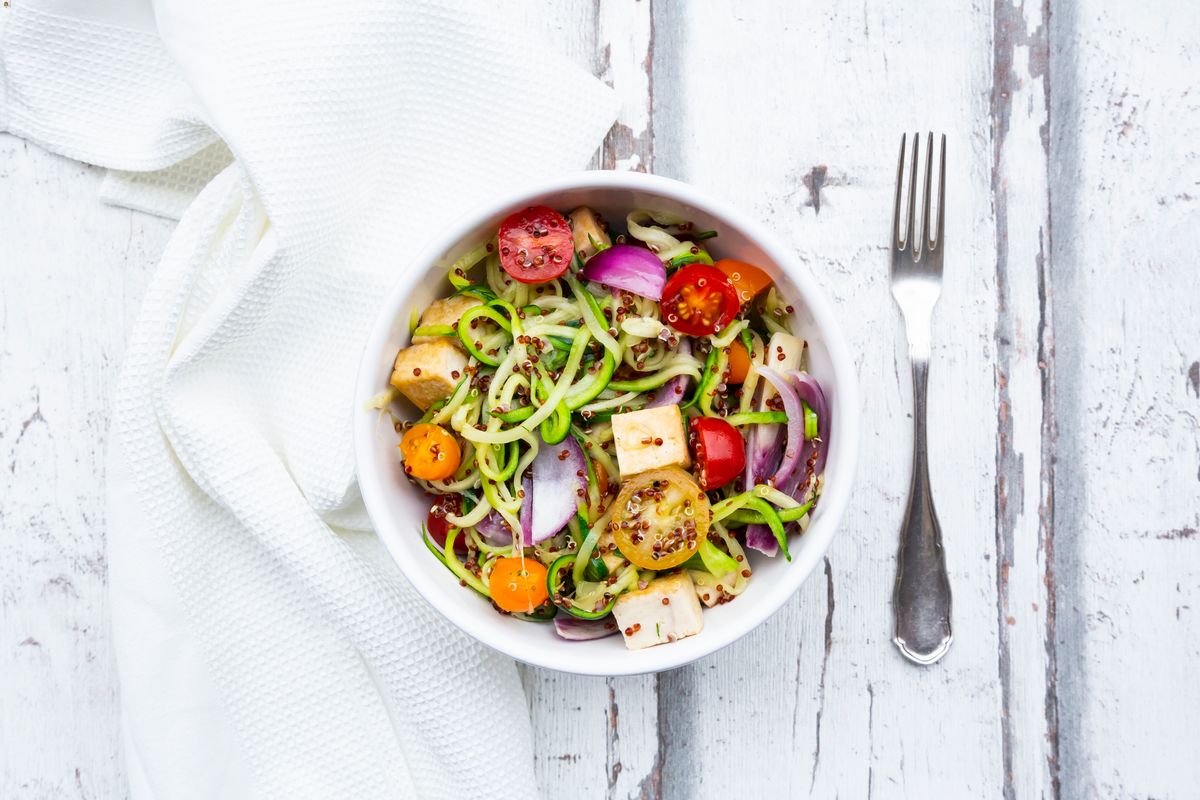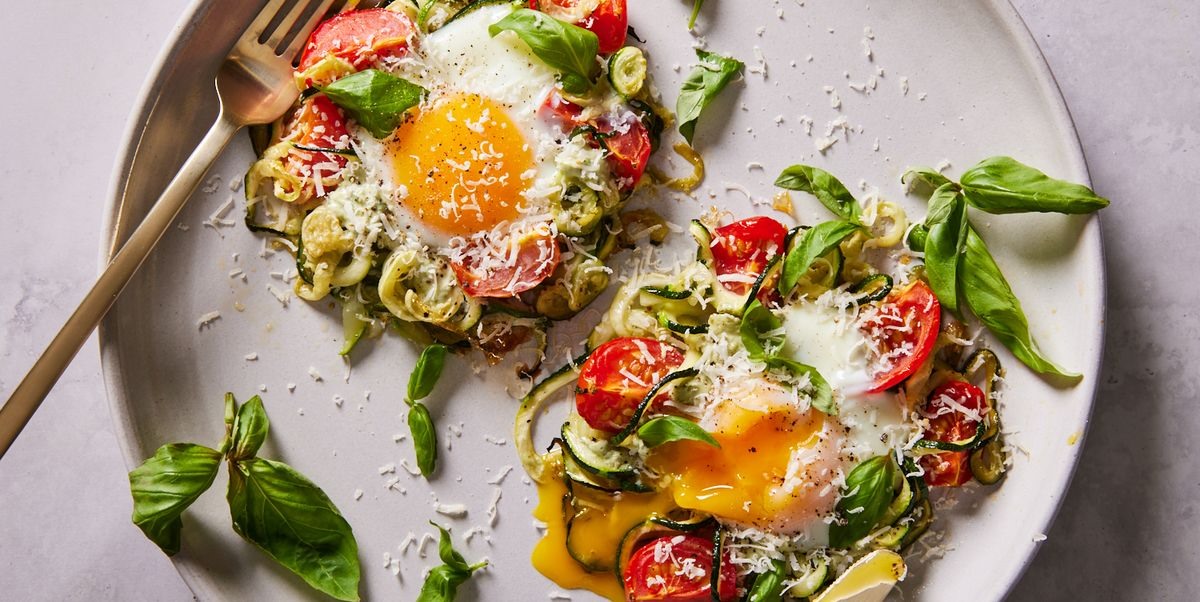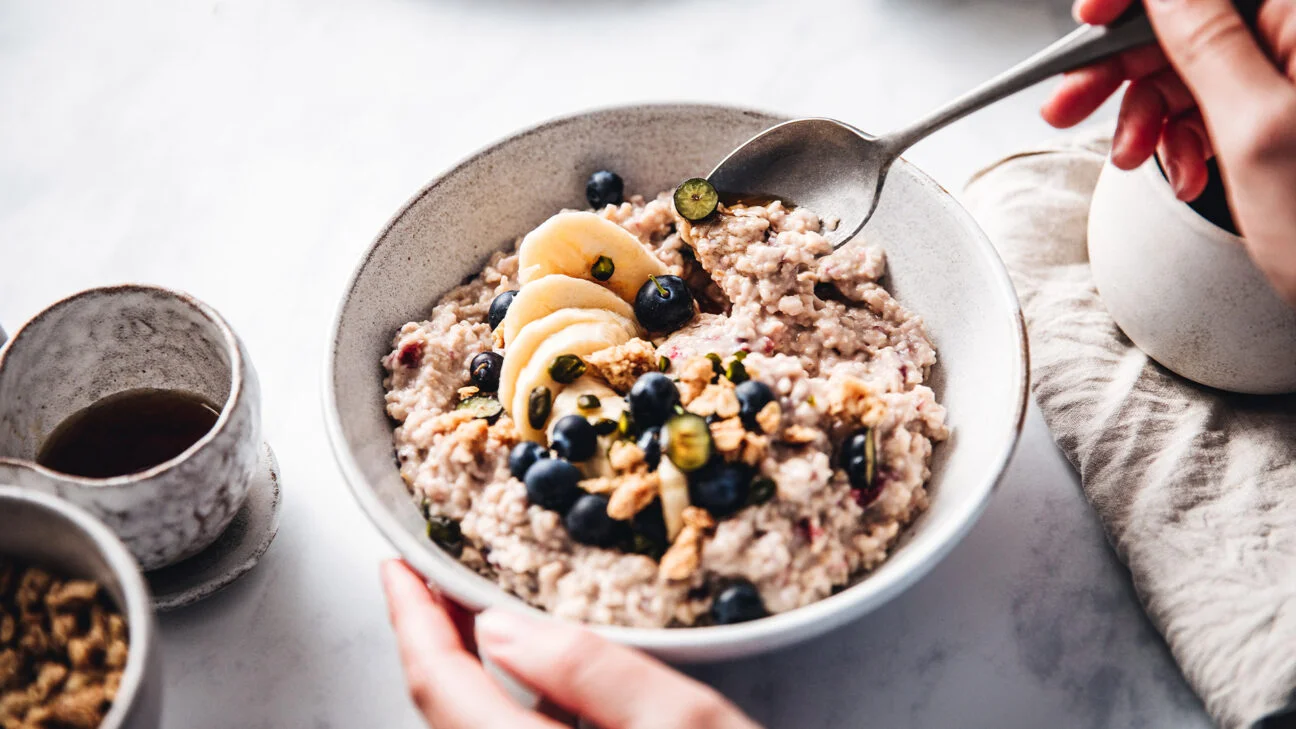Understanding the Importance of a Low Salt Diet
When it comes to maintaining a healthy lifestyle, the food we eat plays a crucial role. One of the key components of a healthy diet is managing our salt intake. Excessive salt consumption can lead to various health issues, including high blood pressure, heart disease, and stroke. Therefore, it’s essential to understand how to eat a low salt diet to promote overall well-being.
Simple Tips for Eating a Low Salt Diet
Transitioning to a low salt diet doesn’t have to be overwhelming. By making small, gradual changes to your eating habits, you can significantly reduce your salt intake and improve your health. Here are some simple tips to help you get started:
- Read Food Labels: Pay attention to the sodium content listed on food labels. Choose products that are labeled as “low sodium” or “no added salt.”
- Use Herbs and Spices: Enhance the flavor of your meals with herbs, spices, and citrus juices instead of relying on salt for seasoning.
- Cook at Home: When you prepare your meals at home, you have better control over the amount of salt used in your dishes.
- Limit Processed Foods: Processed and packaged foods often contain high levels of sodium. Opt for fresh, whole foods whenever possible.
- Choose Low-Sodium Alternatives: Select low-sodium or sodium-free versions of condiments, sauces, and canned goods.
Healthy and Flavorful Low Salt Recipes
Embracing a low salt diet doesn’t mean sacrificing flavor. There are plenty of delicious recipes that are low in sodium but high in taste. Here are a few ideas to inspire your low salt culinary adventures:
- Grilled Lemon Herb Chicken: Marinate chicken breasts in a mixture of fresh lemon juice, garlic, and herbs for a zesty, low salt dish.
- Quinoa and Black Bean Salad: Combine cooked quinoa, black beans, diced vegetables, and a splash of olive oil for a nutritious, low sodium salad option.
- Vegetable Stir-Fry: Stir-fry a colorful array of vegetables with ginger, garlic, and a reduced-sodium soy sauce for a flavorful, low salt meal.
Benefits of a Low Salt Diet
Adopting a low salt diet can have numerous benefits for your health. By reducing your sodium intake, you may experience:
- Lower Blood Pressure: Cutting back on salt can help lower your blood pressure, reducing the risk of heart disease and stroke.
- Improved Kidney Function: Excessive salt can strain the kidneys, so reducing sodium intake can support optimal kidney function.
- Enhanced Heart Health: A low salt diet can contribute to a healthier heart and cardiovascular system.
- Reduced Water Retention: Lowering salt intake may alleviate bloating and water retention in the body.
Consult a Healthcare Professional
Before making significant changes to your diet, especially if you have existing health conditions, it’s important to consult with a healthcare professional or a registered dietitian. They can provide personalized guidance and support to help you transition to a low salt diet in a safe and effective manner.
By incorporating these tips and recipes into your lifestyle, you can successfully embrace a low salt diet and reap the many health benefits it offers. Remember, small changes can lead to significant improvements in your overall well-being.
